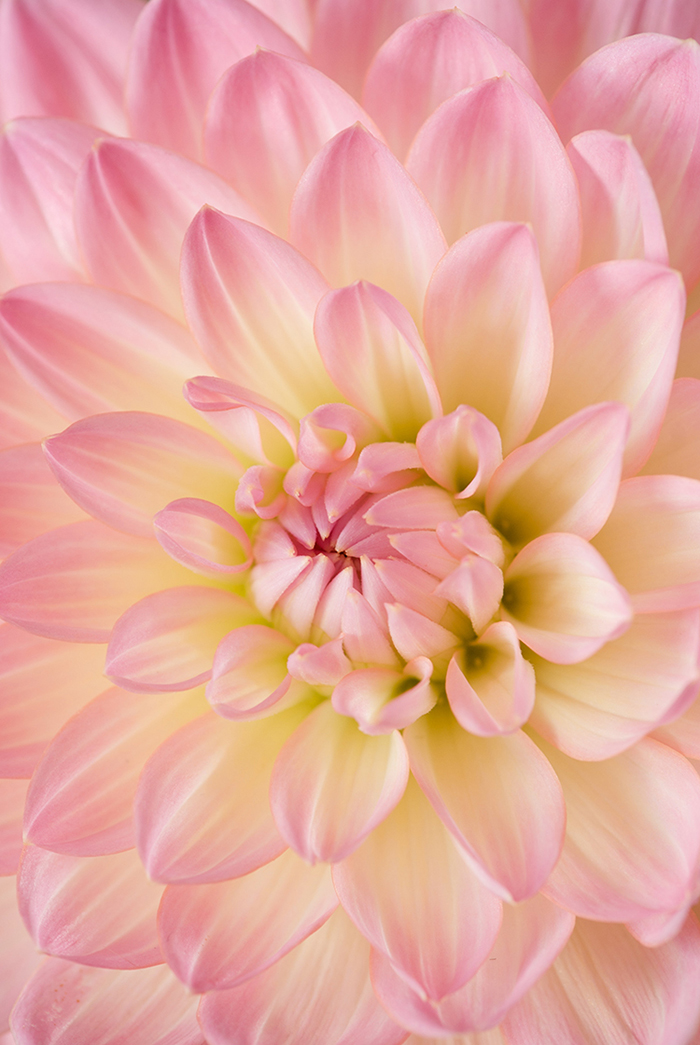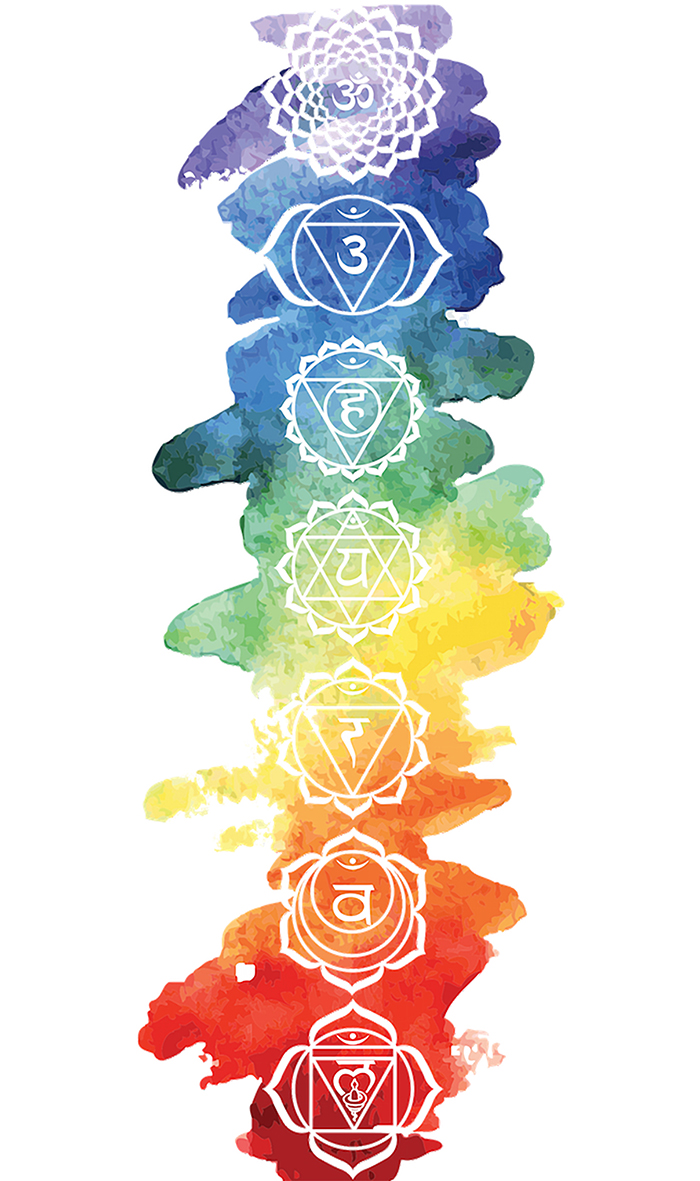



Each of us is a Mantra Purusham, a soul evolving out of sound and dissolving back into it. Each of the trillions of cells of the physical body and the organs they form are, in essence, an orchestra of sounds; either in a symphony or cacophony

The Vedas declare “Vag Vai Brahmeti”; Brahman is verily speech. The various sound waves which are eternally and endlessly born from the womb of Brahman involute or descend from the higher causal levels to subtle and then gross or manifest levels. The stages of descent of the Sabda Brahman or Om are:
→ Para Vak: is the transcendental sound of creation, which is the golden womb of ideas.
→ Pashyanti Vak: is the pure revealed word. When the Para Vak’s frequency is toned down the sound is experienced as a vision or revelation (such as what was experienced by the Vedic Rishis).
→ Madhyama Vak: is the pondered word and it is common to both, the Rishi and the normal individual. It includes thoughts and contemplation.
→ Vaikhari Vak: is the articulate speech which includes the speech of ordinary human beings and the mantras of the enlightened Rishis.
Vakdevi, the dynamic aspect of Brahman, which is personified as a goddess, descends into the higher consciousness of a Yogi. Revealing her secret splendour (as Pashyanti Vak), she elevates the Yogi to the status of being a Rishi. The word Rishi shares a common root (Drs, which means ‘to reveal’) with related words like – Drshta or Seer, Drishti or power of revelation and Darshan or the revelation itself.
These metaphysical secrets of the Vedas are substantiated by the mythological (allegorical) stories in the Puranas. One such tale is about Maharishi Panini, who in a deep trance witnessed Shiva or brahman as Nataraja. Finding the lord of dance to be in a benevolent mood the ancient sages requested him to instruct them about the sounds which would form the building blocks of human language. In answer Shiva sounded his Damru 14 times, giving rise to the primordial sounds of the Maheshwar Sutrani.
These sounds were systematized by Panini to form the Varnamala or the garland of 50 letters, of Sanskrit, which became known as Devabhasha or the Language of the Gods. This primordial language through which man could collaborate with cosmic forces or the devas was later refined by the grammatical genius of sage Panini to evolve into “the perfectly sculpted language” or Samskritam. Its basic alphabets are known as Varna, a word which translates as both syllable and colour.
The Varna are intelligent, conscious units of creative Cosmic energy which manifests and animates both the Brahmanda (Cosmos) and the Pindanda (Human body). They are classified into vowels and consonants. The first varna is vowel अ and the last is a consonant ह. The whole range of varnas from अ to ह encompass the complete gamut of subjective human experience which gives a human being his अहं or individuality.

The Varna are intelligent, conscious units of creative Cosmic energy which manifests and animates both the Brahmanda (Cosmos) and the Pindanda (Human body). They are classified into vowels and consonants. The first varna is vowel अ and the last is a consonant ह.
Each Varna represents not only a unit of sound of that most ancient of human languages Sanskrit, but beyond that each Varna is a specific cosmic, creative power with a specific vibratory frequency, colour manifestation, correspondence to a body part and psychological proclivity. According to an ancient text Shatpath Brahman, “every varna (syllable) is an akshar (imperishable cosmic energy) with a secret power of manifestation and healing.”
The body of a human being is Mantramayi and consists of the flow of cosmic energy in the form of Varna. There are seven chakras which constitute our subtle body. The Sahasrara chakra, which is the crown chakra, has 1000 petals and is the abode of Pure consciousness. It represents the supreme silence from which all varnas come and corresponds to the infinite potential of each human.
The 6 chakras below the Sahasrara are disposed along the main central nadi known as the Sushumna nadi and the 50 varnas (each being cosmic energy at a particular level of vibration) pulsate to form the total of 50 petals of the 6 chakras below the Sahasrara. The varnas – La, Va, Ra, Ya and Ha each generates a tanmatra (subtle counterpart of tattva or bhuta), which in turn gives rise to a tattva (element). Both the cosmos and man are formed of the five elements which give him existence. The word tattva is a composite of tat (that) and tva (you) – that which gives you existence. Each of the elements – which are Earth, Water, Fire, Air and Space – correspond to a chakra.

Vakdevi, the dynamic aspect of Brahman, which is personified as a goddess, descends into the higher consciousness of a Yogi. Revealing her secret splendour (as Pashyanti Vak), she elevates the Yogi to the status of being a Rishi. The word Rishi shares a common root (Drs which means ‘to reveal’) with related words like – Drshta or Seer, Drishti or power of revelation and Darshan or the revelation itself.
The following are the Bijas and the corresponding elements and the number of petals of each of the 6 chakras below the crown chakra:
1. Ajnya Chakra: located at the ‘Third eye’
Bija → OM
Tattva → Manah
No of Petals: 2
2. Vishuddhi Chakra: located in the throat
Bija → Hum
Tattva→ Akaash (Space)
No of petals: 16
3. Anahad Chakra: located in the heart
Bija → Yam
Tattva → Vayu (Air)
No of petals: 12
4. Manipura Chakra: located in the Solar Plexus or navel area
Bija → Ram
Tattva → Agni (Fire)
No of petals: 10
5. Svaadhishsthana Chakra: Located below the navel area
Bija → Vam
Tattva → Apah (Water)
No of petals: 6
6. Mulaadhara Chakra also known as the Root Chakra: located in the perineal area
Bija → Lam
Tattva → Prithvi (Earth)
No of petals: 4
Each of us is a Mantra Purusham, a soul evolving out of sound and dissolving back into it. Each of the trillions of cells of the physical body and the organs they form are, in essence, an orchestra of sounds; either in a symphony or cacophony.
When our cellular and psychic sound or energy vibrations resonate with the cosmic vibrations and are in harmony with the rest of the body a state of Svasti or Su-asti – wellbeing is attained. A knowledge of mantra shastra, its theory and application, opens huge vistas of healing disease This is the science and metaphysics of restoring the energy vibration innate to each cell and re-establishing its connection to the cosmic source, by the power of the Vedic akshar.